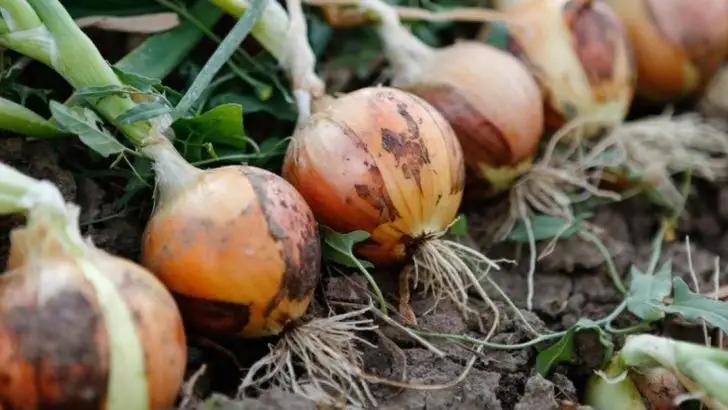Gardening in the desert comes with its own set of challenges—scorching heat, low humidity, intense sun, and often sandy, nutrient-poor soil. But that doesn’t mean you can’t have a thriving vegetable garden. With the right plant choices and techniques, you can grow a surprising variety of nutritious, heat-tolerant vegetables in even the harshest climates.
These 19 desert-adapted vegetables are not only tough enough to survive extreme conditions, they actually thrive in them. Many come from arid regions around the world, making them naturally suited to hot, dry environments where water is precious and shade is minimal.
From deep-rooted staples like sweet potatoes and black-eyed peas, to quick-growing greens like Malabar spinach and amaranth, this list highlights crops that offer reliable harvests with minimal fuss. We’ll also include care tips and watering strategies to help you make the most of every drop.
Arugula

Arugula thrives in the arid landscapes of the desert, boasting a peppery bite that spices up any salad. Its adaptability to harsh conditions makes it a favorite among desert gardeners. Not only does it require minimal water, but arugula also grows rapidly, allowing for a quick harvest. Its deep green leaves contrast beautifully with sandy soil, creating a vibrant garden picture. For optimal growth, plant arugula in well-drained soil and provide some afternoon shade. This leafy green adds character to dishes and gardens alike.
Beets
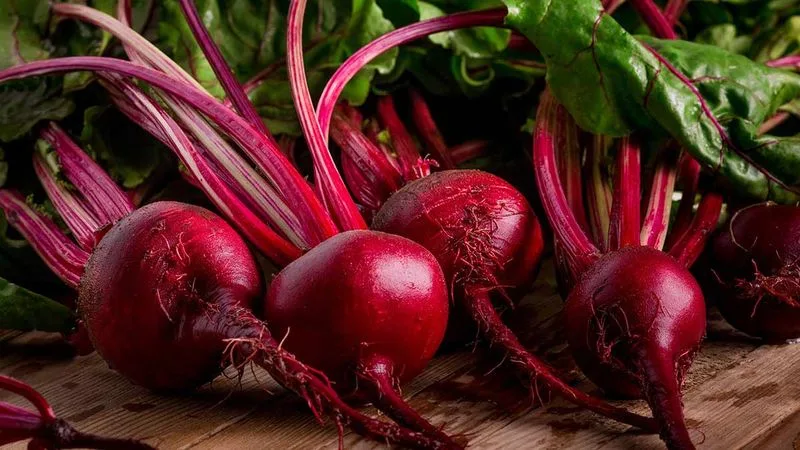
The vibrant colors of beets make them a standout in desert gardens. Not only do they add visual appeal, but they also tolerate high temperatures and dry conditions. Their robust nature allows them to dig deep into the soil, accessing nutrients often out of reach for other plants. Beets are versatile, providing nutritious greens and earthy roots. When planting beets, ensure the soil is well-aerated and keep the seedlings moist until they’re established. Once mature, they handle the heat like seasoned desert dwellers.
Carrots
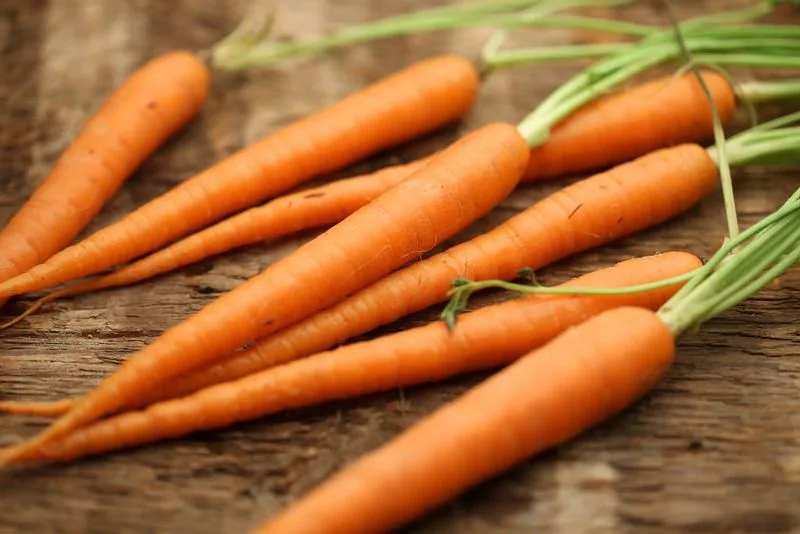
Carrots might surprise you with their ability to flourish in desert conditions. Their roots burrow deep, finding moisture where others cannot. The sweet, crisp taste of homegrown carrots is a delightful reward for patience. To ensure success, plant carrots in loose, sandy soil that won’t impede their growth. Regular watering is crucial during the early stages but can be reduced once they’re established. Their vibrant orange against the desert hues creates a striking garden feature.
Chard
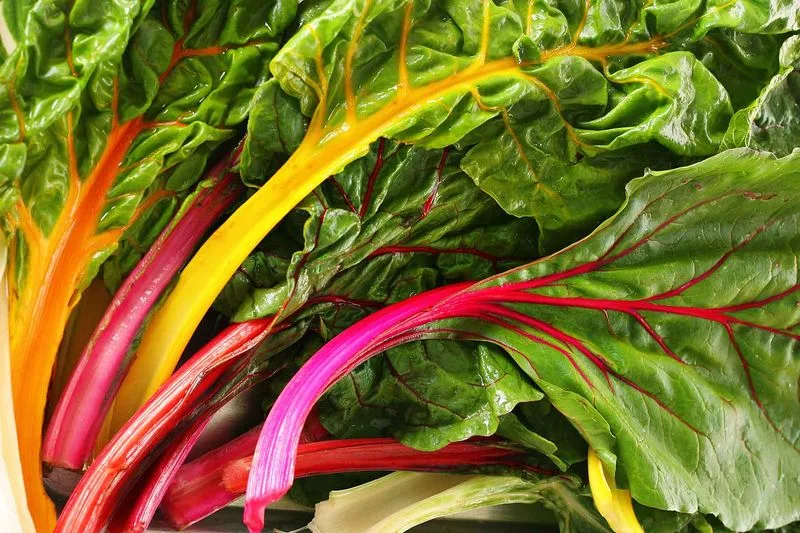
Chard brings a splash of color to any desert garden with its vivid stems and lush leaves. It’s not just a treat for the eyes but a nutritious powerhouse. Desert gardeners appreciate chard for its toughness, surviving where many plants might wither. It requires little water and grows well in full sun, making it perfect for arid climates. Regular harvesting encourages new growth, ensuring a continuous supply of this leafy green. Its versatility extends from garden to kitchen.
Chili Peppers
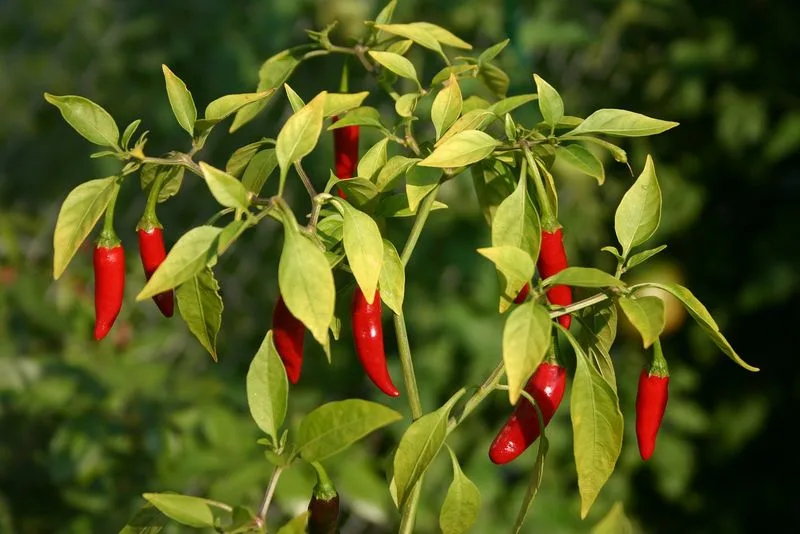
Chili peppers are synonymous with heat, and they embrace the desert’s scorching temperatures. These fiery fruits thrive where other vegetables might shy away. Their low water needs and high sun tolerance make them ideal for desert cultivation. Plant them in well-drained soil and enjoy an abundance of spicy harvests. Chilies add a kick to meals and a burst of color to gardens. They symbolize resilience and spice up both your garden and your dishes.
Eggplant
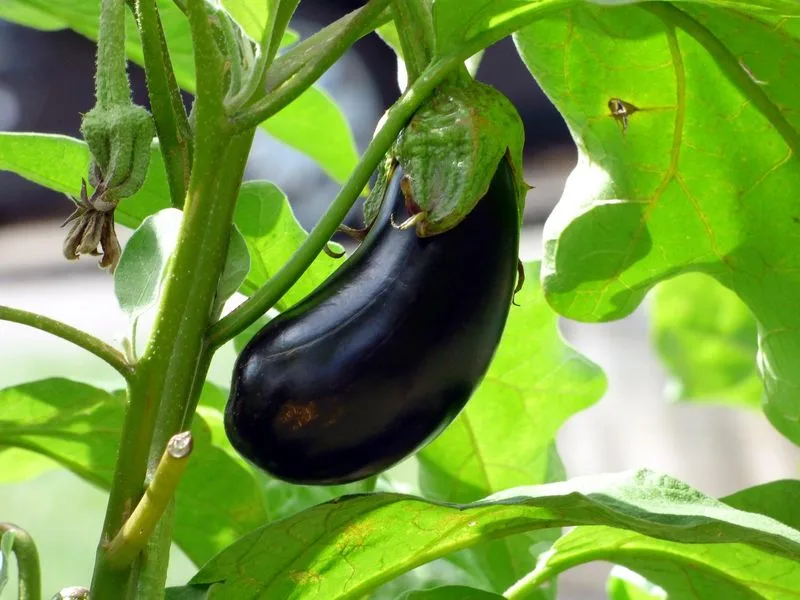
Eggplants boast a glossy exterior and a sturdy nature, perfect for desert gardens. Their ability to withstand high temperatures and their preference for full sun make them a gardener’s ally in arid conditions. Start with well-drained soil and keep the area weed-free to maximize growth. The deep purple hue of eggplants adds a touch of elegance to any garden. Once harvested, they offer culinary versatility, from grilling to roasting.
Garlic
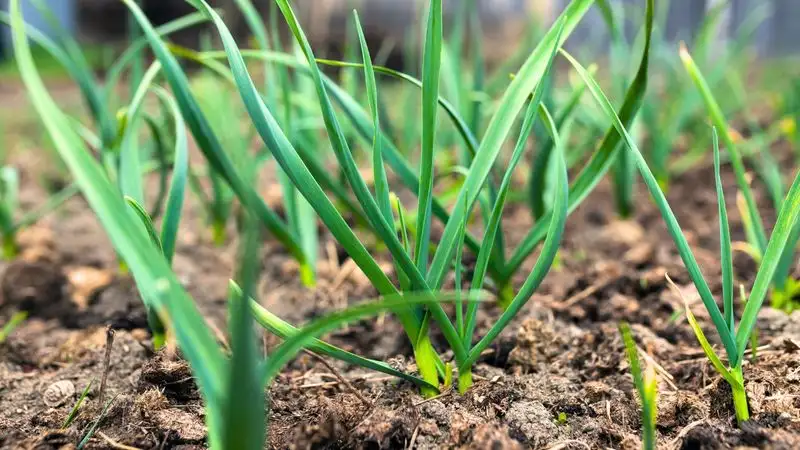
Garlic, with its potent aroma and flavor, is a staple in many kitchens. Surprisingly, it thrives in desert conditions, requiring minimal water and plenty of sunshine. Plant garlic in well-drained soil and watch it flourish. Its robust nature allows it to fend off pests and diseases, making it a reliable crop. The sight of green shoots piercing the desert floor is a testament to garlic’s resilience. Harvesting garlic is a rewarding experience, yielding bulbs packed with flavor.
Kale
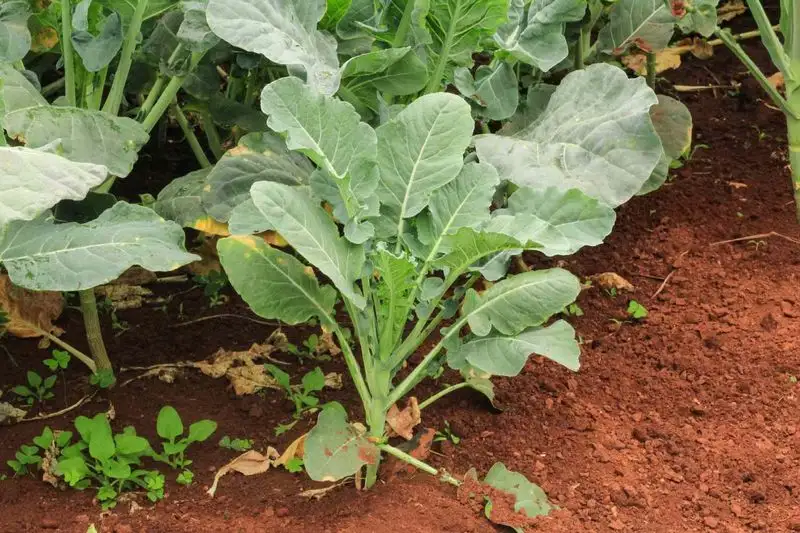
Kale’s reputation as a superfood extends to its ability to thrive in tough desert conditions. This hardy green requires little water and can withstand high temperatures, making it a favorite among arid gardeners. Plant kale in nutrient-rich soil and provide some shade during the hottest part of the day. As it grows, kale’s deep green leaves create a lush canopy, offering both visual appeal and nutritional benefits. Regular harvesting encourages new growth, ensuring a continuous supply.
Lettuce
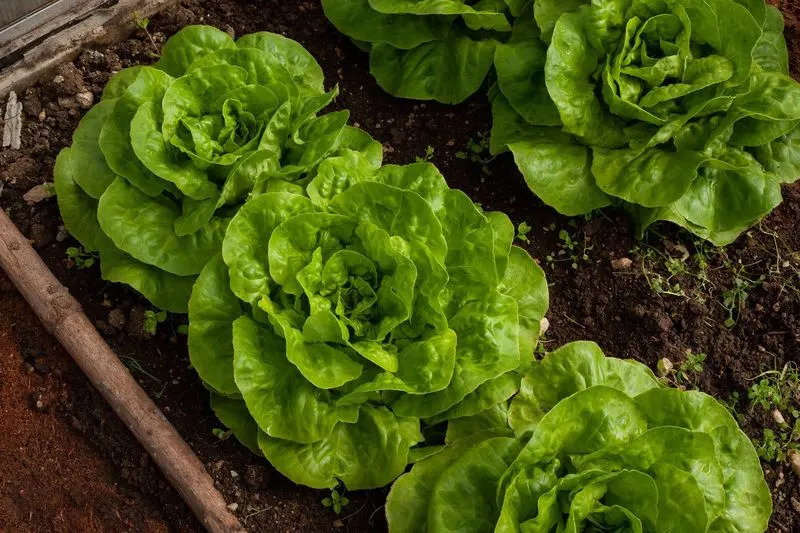
Lettuce may seem delicate, but it’s a surprising contender for desert gardens. With a bit of care, it produces crisp, refreshing leaves even in arid climates. Use organic mulch to retain moisture and plant it in a shaded area to prevent wilting. Lettuce’s rapid growth rate allows for multiple harvests, providing a consistent source of fresh greens. Its tender leaves and vibrant color make it a delightful addition to salads and gardens alike. Perseverance pays off with this adaptable plant.
Okra
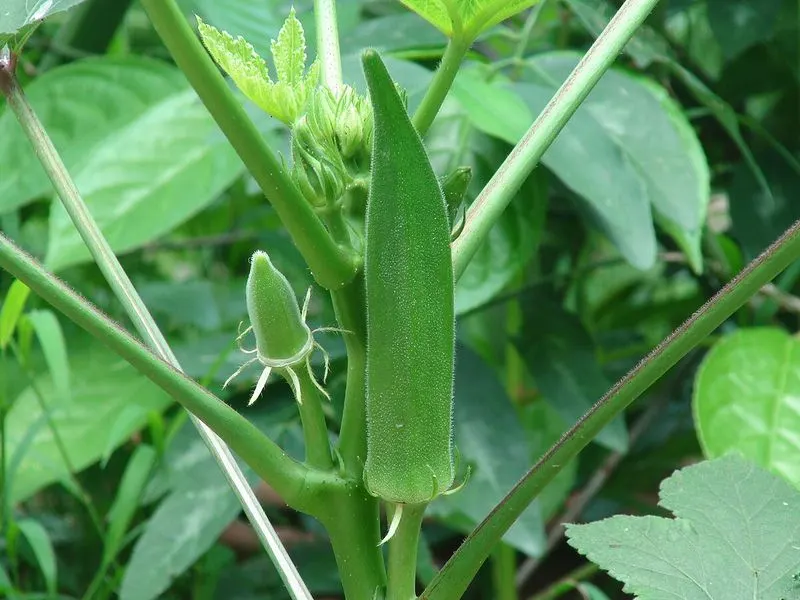
Okra, known for its distinctive pods, is right at home in desert conditions. Its tall, sturdy stalks and tolerance for heat make it a standout among arid gardeners. Plant okra in well-draining soil and provide plenty of sunshine for optimal growth. Regular harvesting of the pods encourages continuous production. Okra’s unique texture and flavor add variety to your meals, while its striking appearance brings character to your garden. This vegetable’s adaptability makes it a desert favorite.
Onions
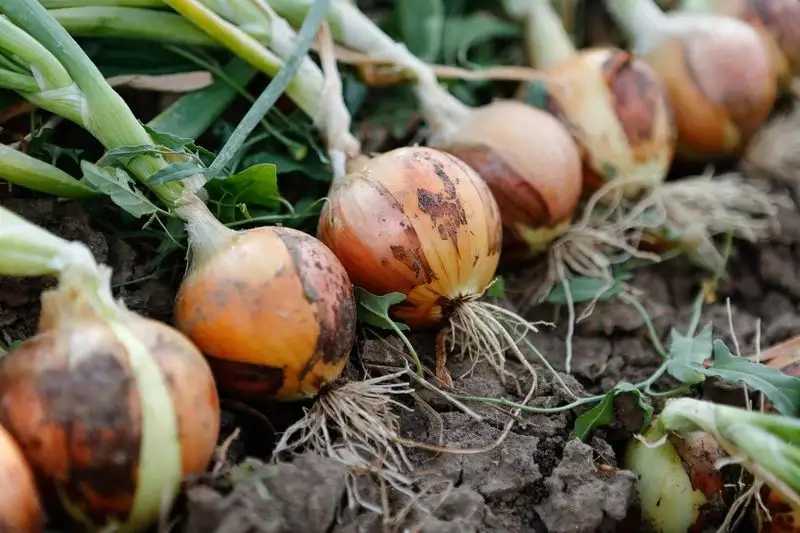
Onions are a staple in many cuisines and surprisingly adapt well to desert gardening. They require well-drained soil and consistent watering to establish themselves but can handle dry spells once mature. Onions’ green tops and round bulbs create a striking visual contrast against the sandy backdrop. Their pungent aroma is a testament to their flavor-packed punch. Whether you’re growing them for culinary use or their beauty, onions bring both form and function to the garden.
Radishes
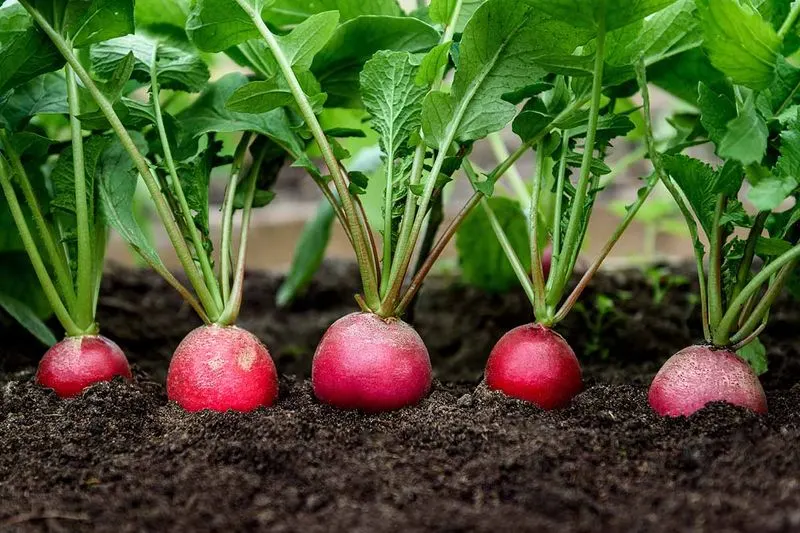
Radishes offer a peppery crunch and are well-suited to desert gardening with their rapid growth and minimal water needs. Their vibrant red roots and lush green tops make them visually appealing. Plant radishes in well-drained soil, and enjoy their quick turnaround from seed to harvest. This root vegetable’s easy-going nature and colorful presence make it a joy to grow. As a bonus, their greens are also edible, adding extra value to this versatile plant.
Spinach
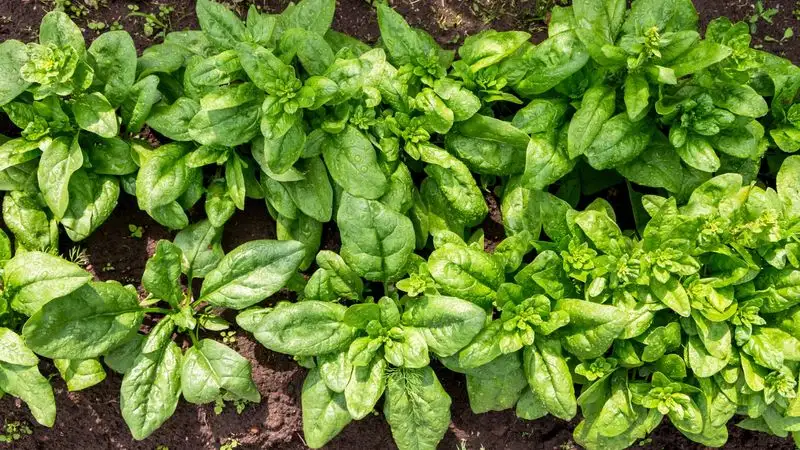
Spinach, with its tender leaves, surprisingly thrives in desert environments. It requires less water than many might think and grows well in partial shade. Plant spinach in nutrient-rich soil to encourage lush growth. Its deep green leaves offer a nutrient-dense addition to any meal, making it a favorite among health-conscious gardeners. Regular harvesting keeps the plant producing fresh leaves. Spinach’s adaptability and nutritional value make it a must-have for desert gardens.
Sweet Potatoes
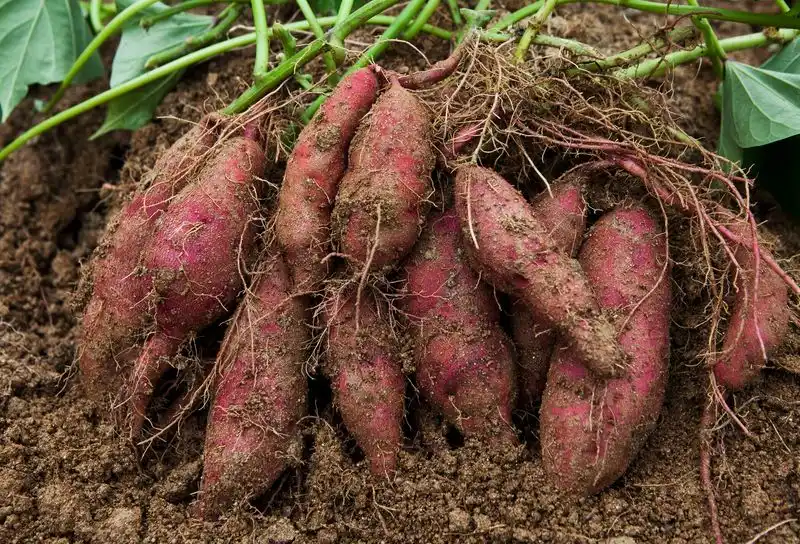
Sweet potatoes are more than just a tasty treat; they are desert warriors. Their vines spread across the ground, minimizing soil erosion and retaining moisture. Plant these tubers in well-drained soil and ensure they get plenty of sunlight. Sweet potatoes’ ability to store nutrients makes them resilient to harsh conditions. Their vibrant foliage adds a decorative touch to gardens, while the orange tubers provide a nutritious harvest. This dual-purpose plant is both ornamental and practical.
Tomatoes
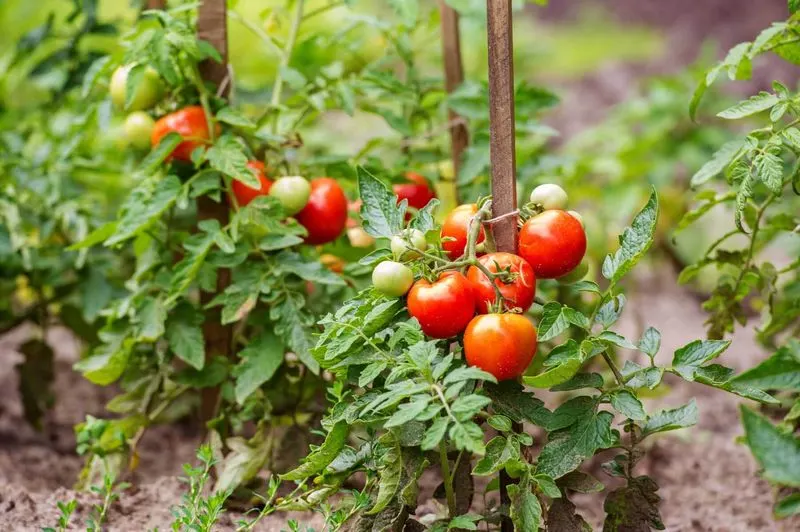
Tomatoes are a garden favorite, and with the right care, they flourish in desert conditions. Their need for ample sunlight makes them well-suited to arid climates. Use mulch to retain soil moisture and support the plants with sturdy stakes. The sight of ripe, red tomatoes against the desert backdrop is a gardener’s delight. These juicy fruits add flavor to countless dishes, making their cultivation well worth the effort. For the best results, choose drought-resistant varieties.
Turnips
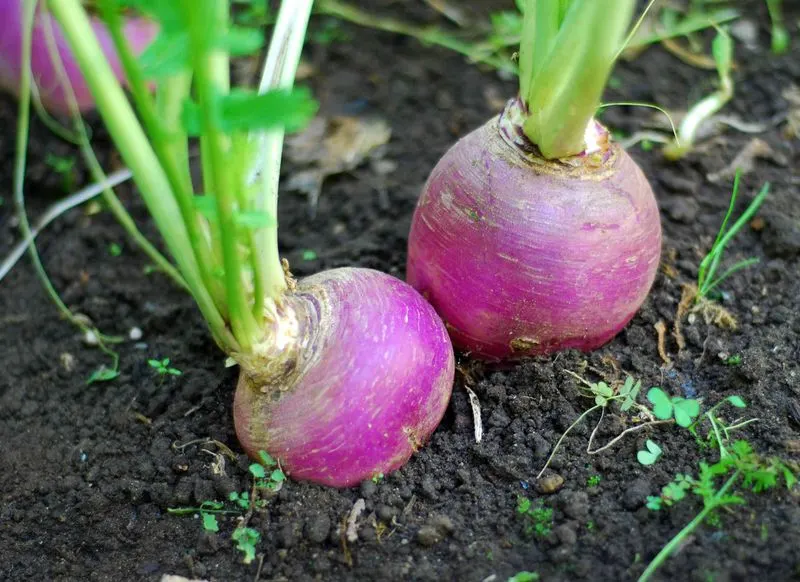
Turnips, with their dual-purpose appeal, adapt well to desert gardening. Their roots and greens provide both culinary and visual benefits. Plant turnips in well-drained soil and ensure consistent watering during the initial growth phase. Once established, they withstand dry spells with ease. The contrast of their purple tops against the sandy soil makes a striking garden feature. Turnips’ peppery flavor and nutritional value add depth to meals, proving their worth in any garden.
Zucchini
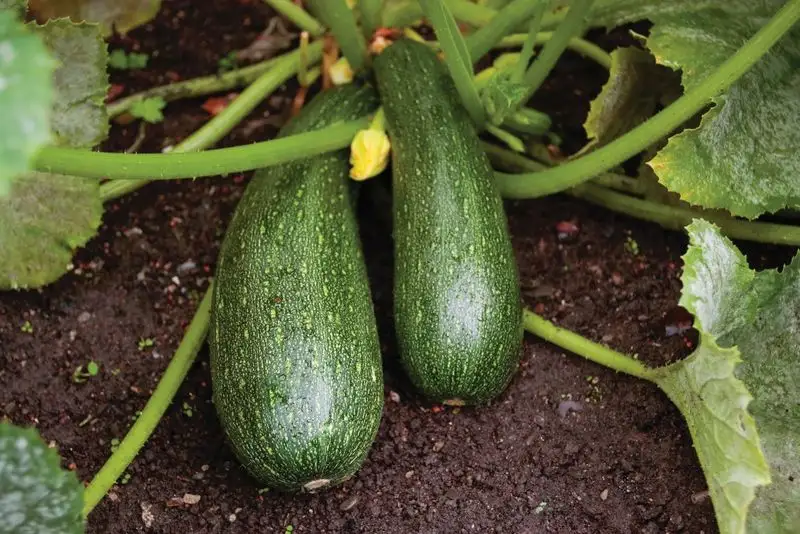
Zucchini’s prolific nature makes it an excellent choice for desert gardens. Its large leaves provide shade to the soil, helping retain moisture. Plant zucchini in nutrient-rich, well-drained soil, and enjoy its rapid growth. Regular harvesting encourages continuous production, ensuring a steady supply of this versatile vegetable. Zucchini’s mild flavor and culinary flexibility make it a staple in many dishes. Its ability to thrive in arid conditions adds to its appeal for desert gardeners.
Amaranth
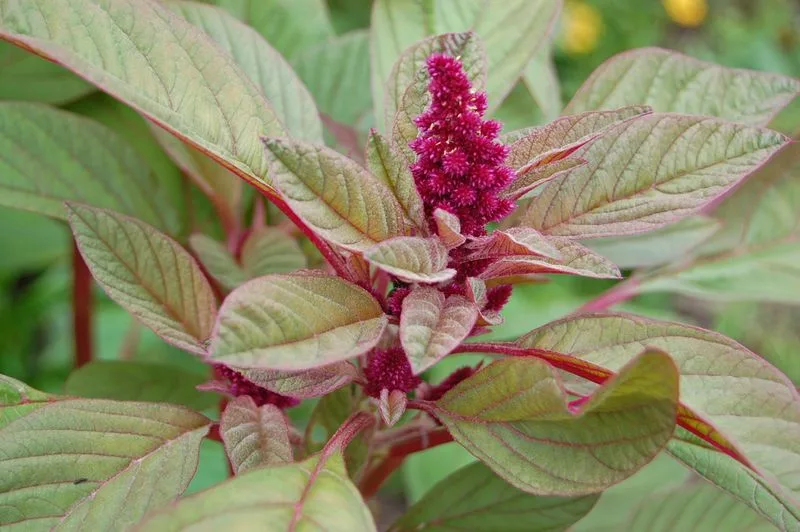
Amaranth, known for its nutritional powerhouse status, adapts beautifully to desert conditions. Its brightly colored leaves and grain heads make it a garden standout. Plant amaranth in well-draining soil and provide plenty of sunlight for optimal growth. This versatile plant offers both edible leaves and seeds, making it a valuable addition to any garden. Amaranth’s striking appearance and resilience to harsh climates make it a favorite among desert gardeners seeking diversity.
Purple Cactus Pear
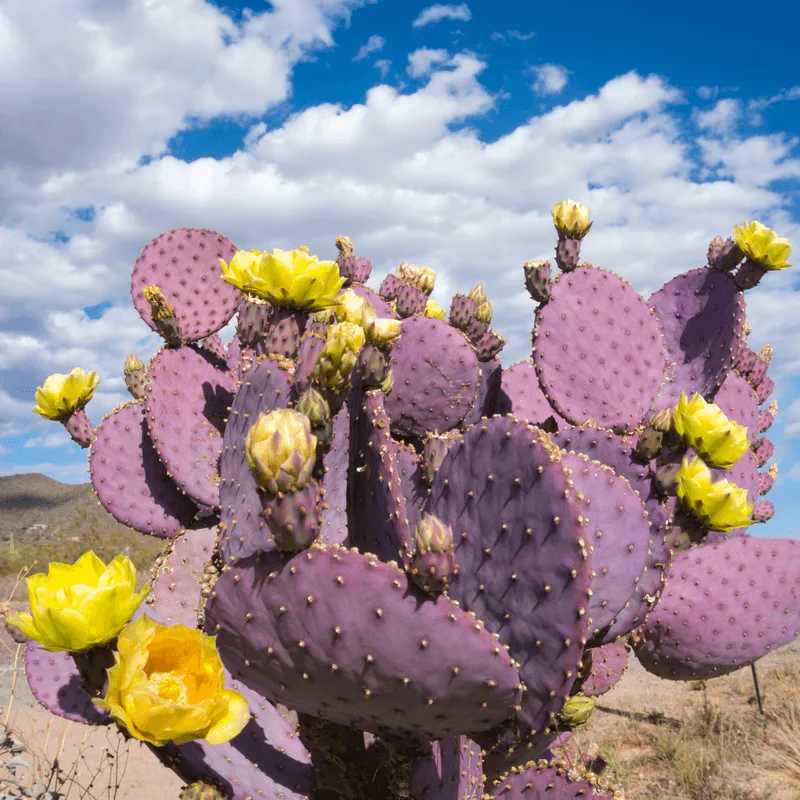
Have you ever considered a cactus as a vegetable? The purple cactus pear defies expectations by thriving in the harshest desert conditions. Its vibrant hue and spiky exterior make it a standout in any garden. Despite its rugged appearance, the flesh inside is juicy and sweet, reminiscent of a watermelon.
Planting cactus pears requires minimal water, making them perfect for arid climates. Their resilience is matched only by their unique taste, adding a twist to salads and smoothies. Embrace the unexpected and let this desert native bring a splash of color and flavor to your garden.
Fun fact: The cactus pear, also known as prickly pear, has been a staple in traditional Mexican cuisine for centuries, proving that even the most unlikely plants can be culinary treasures.

